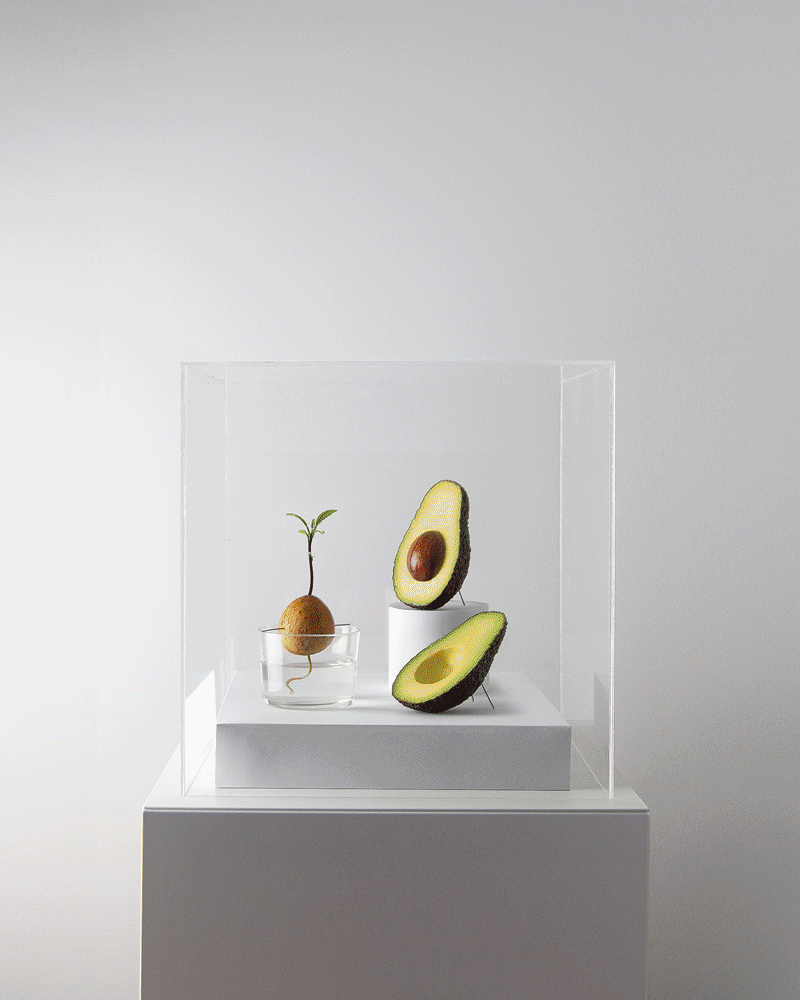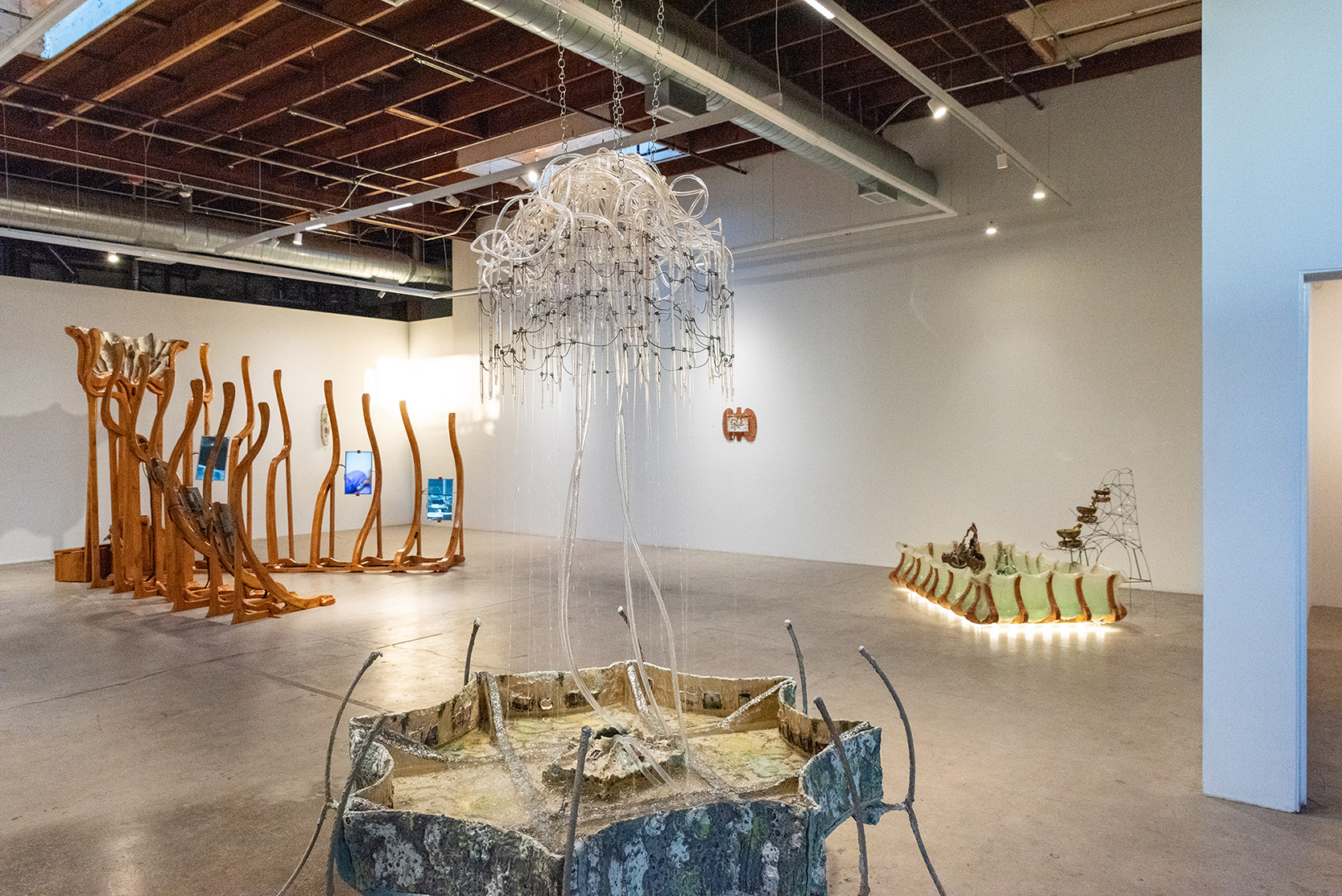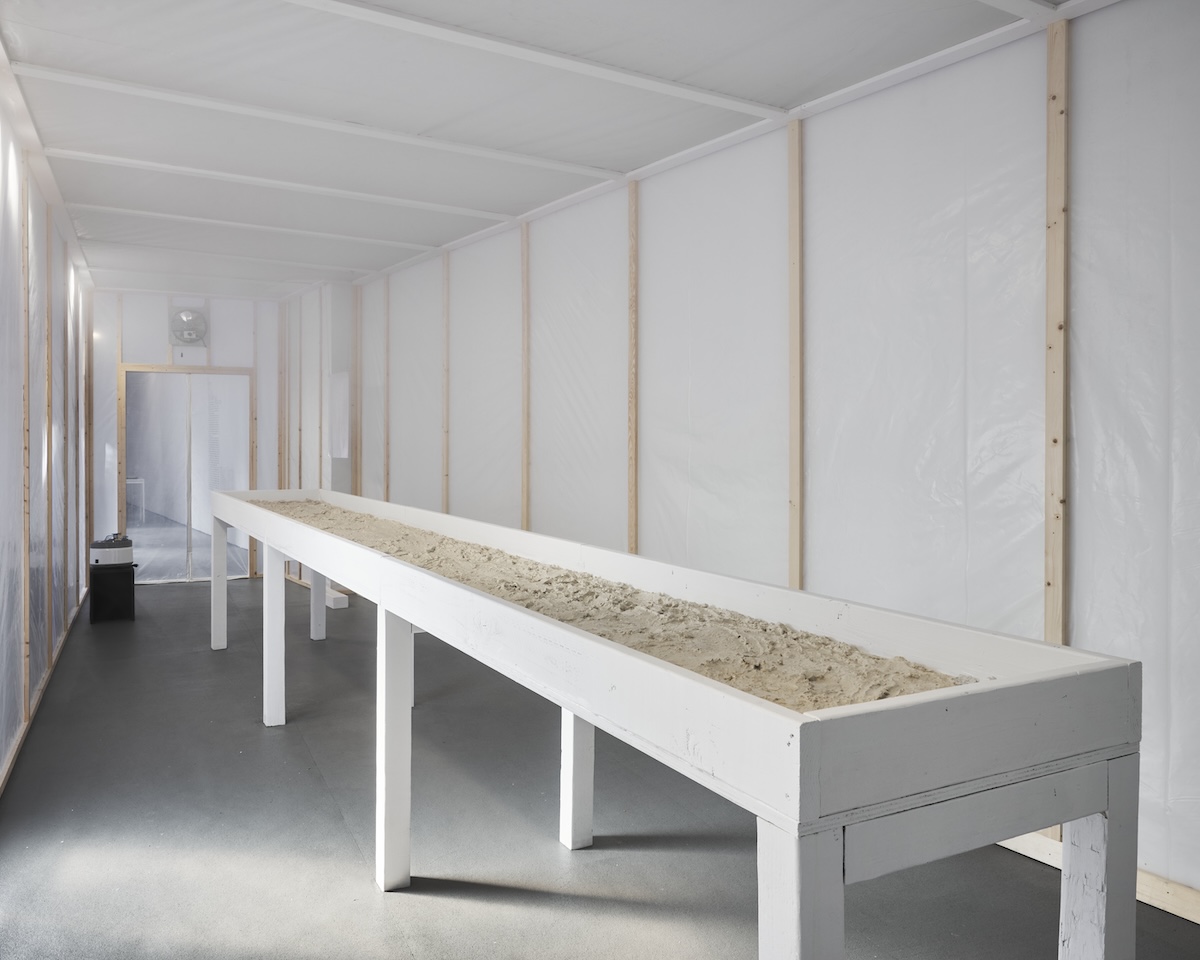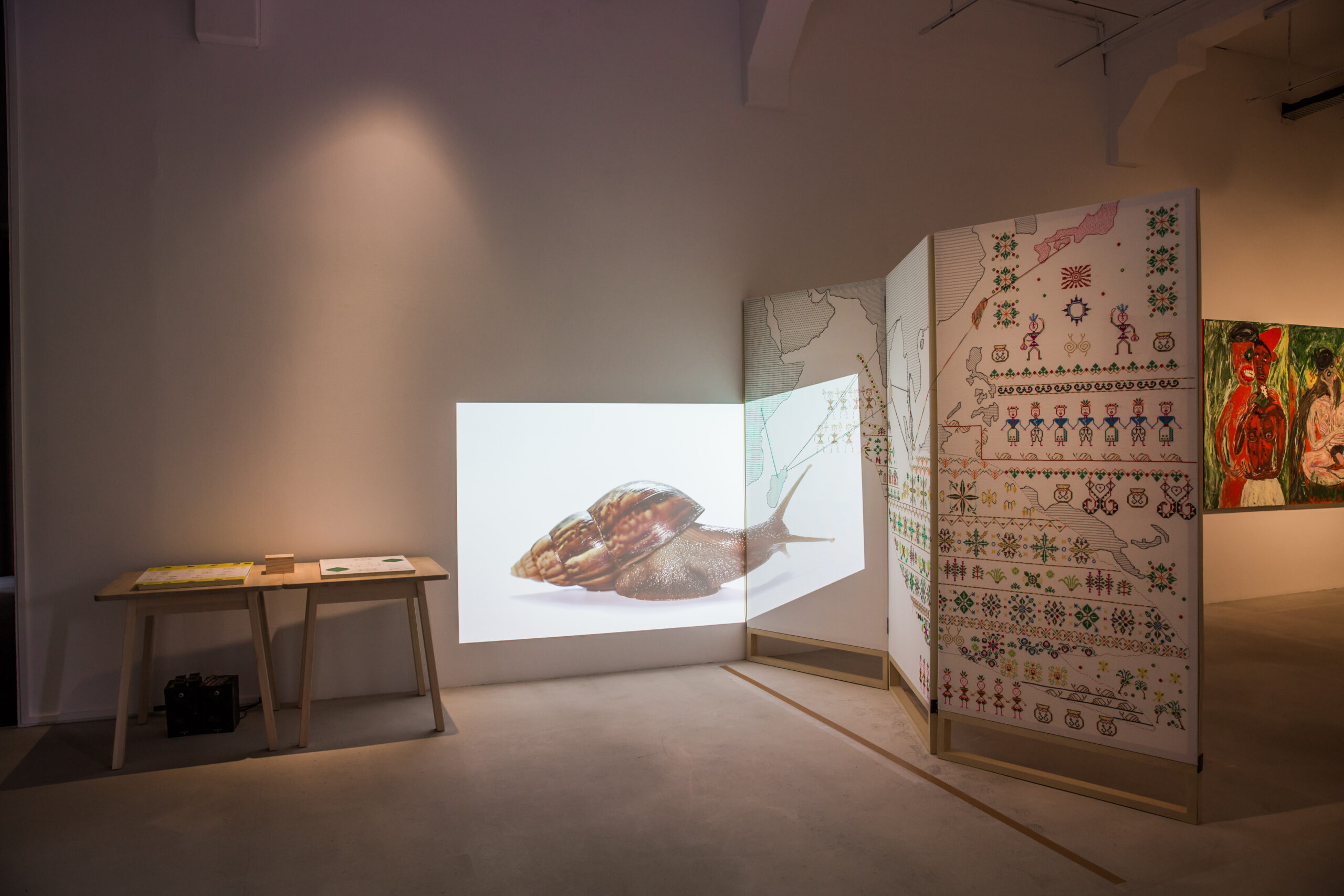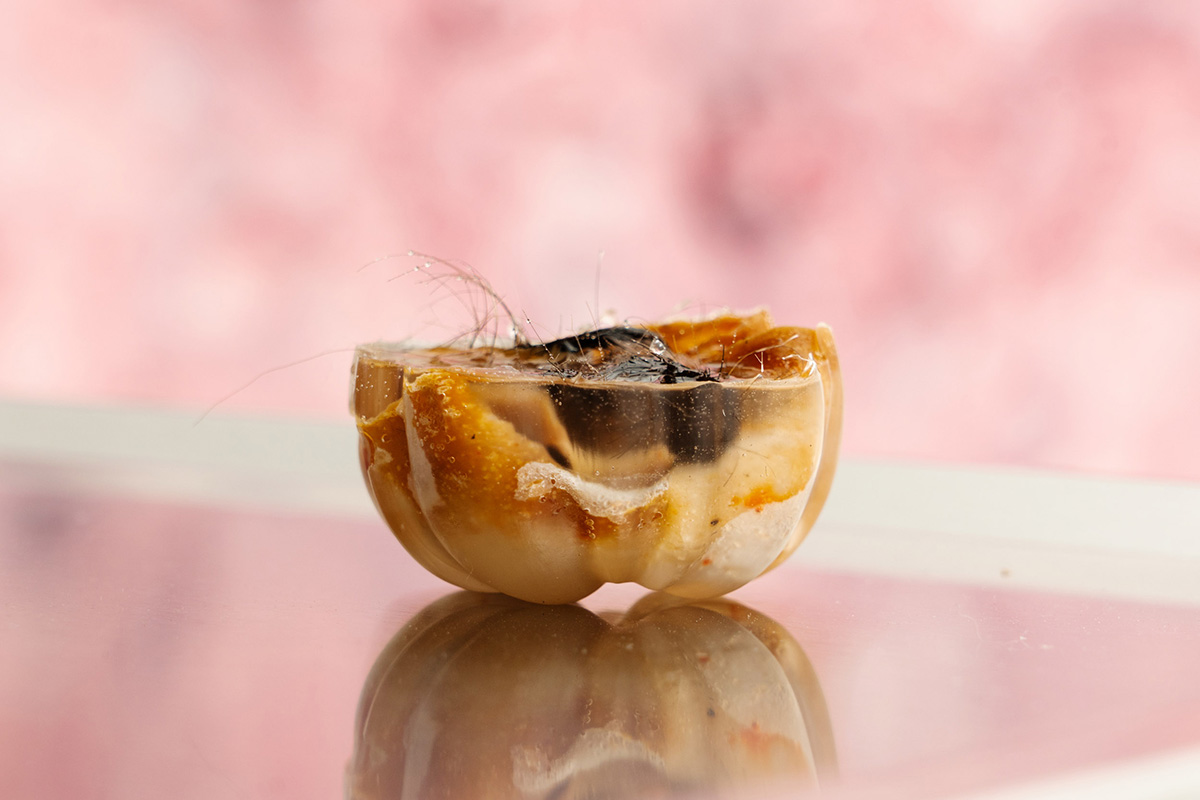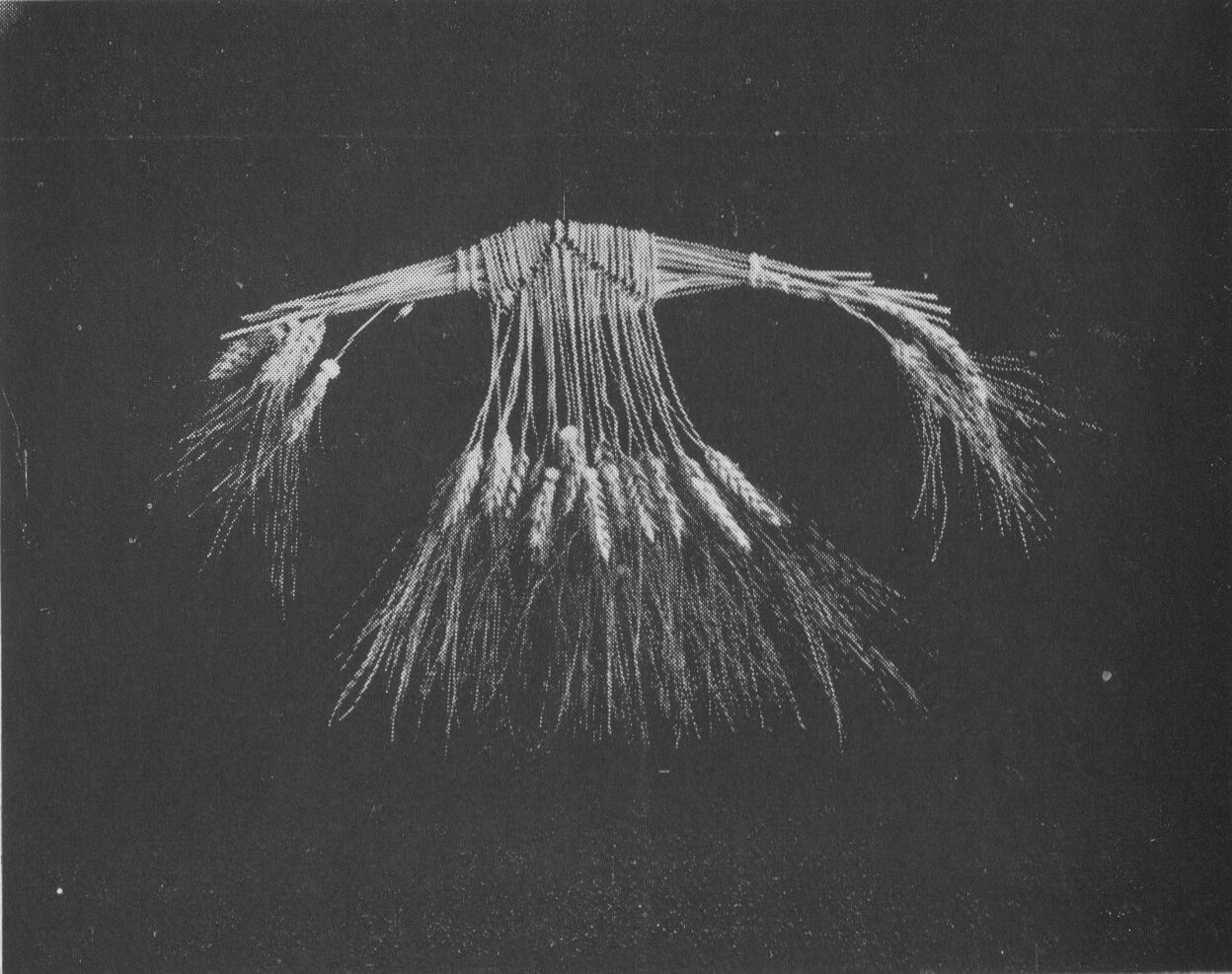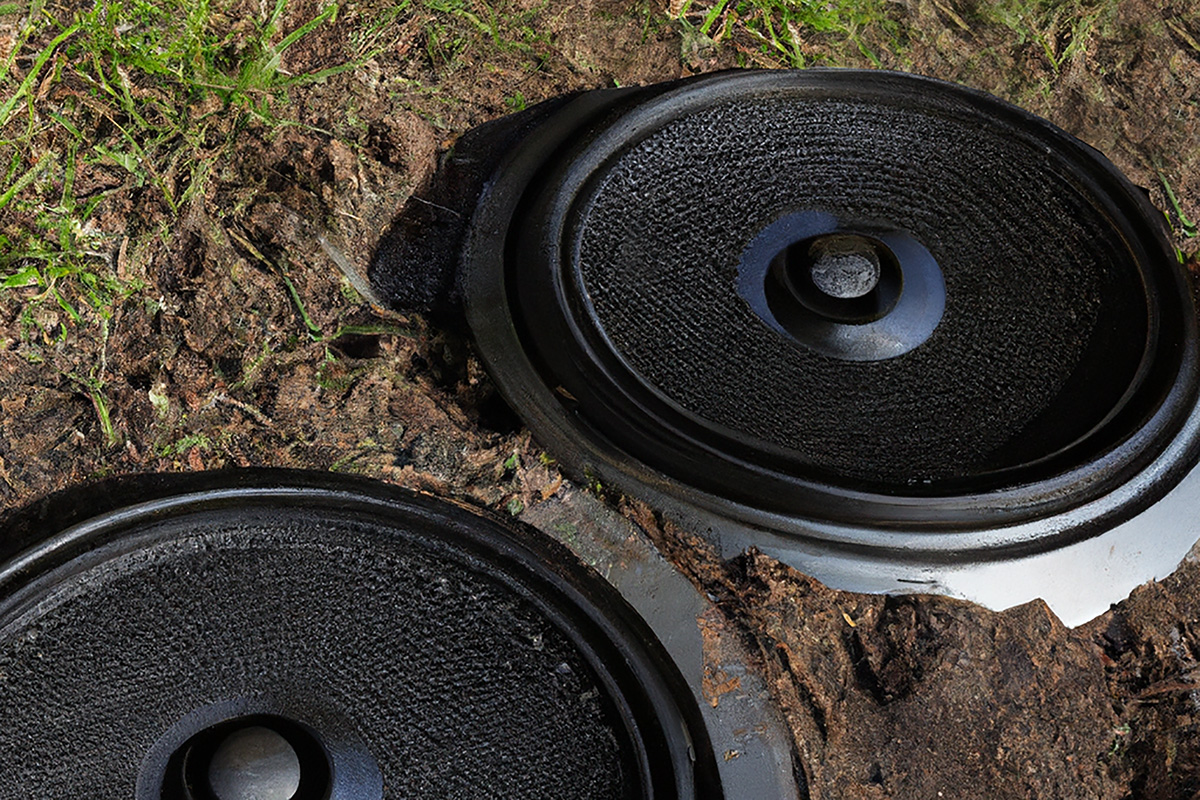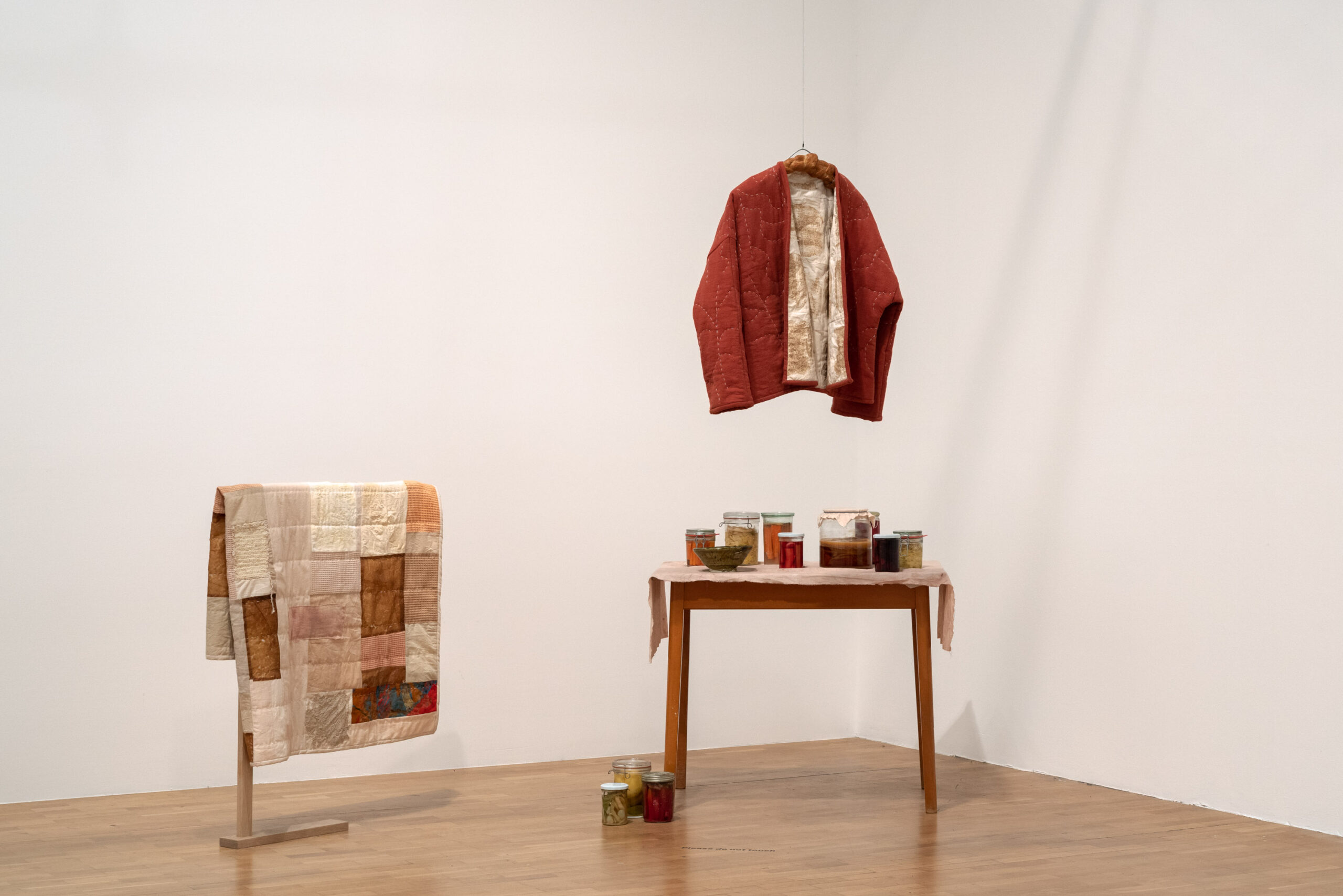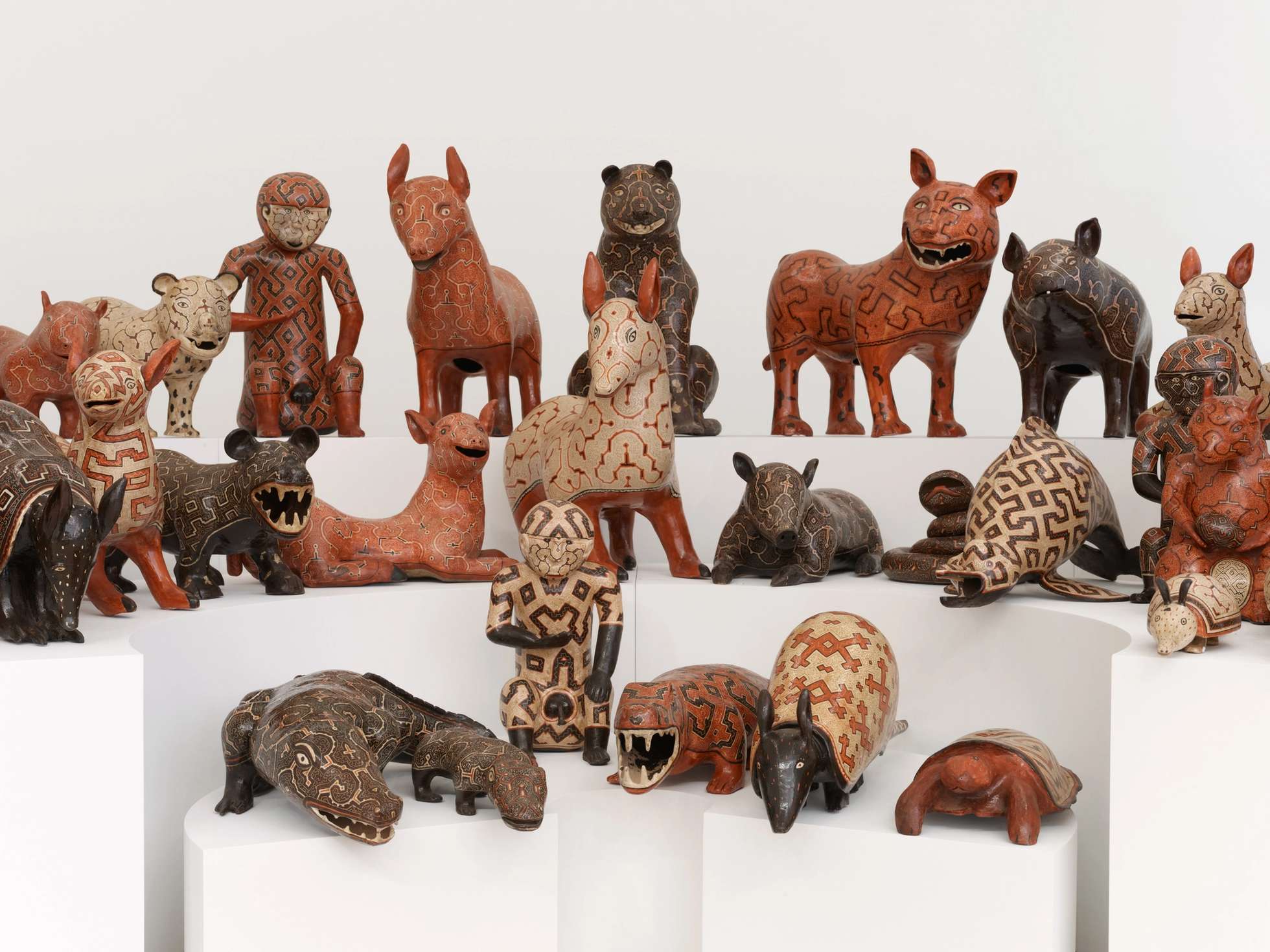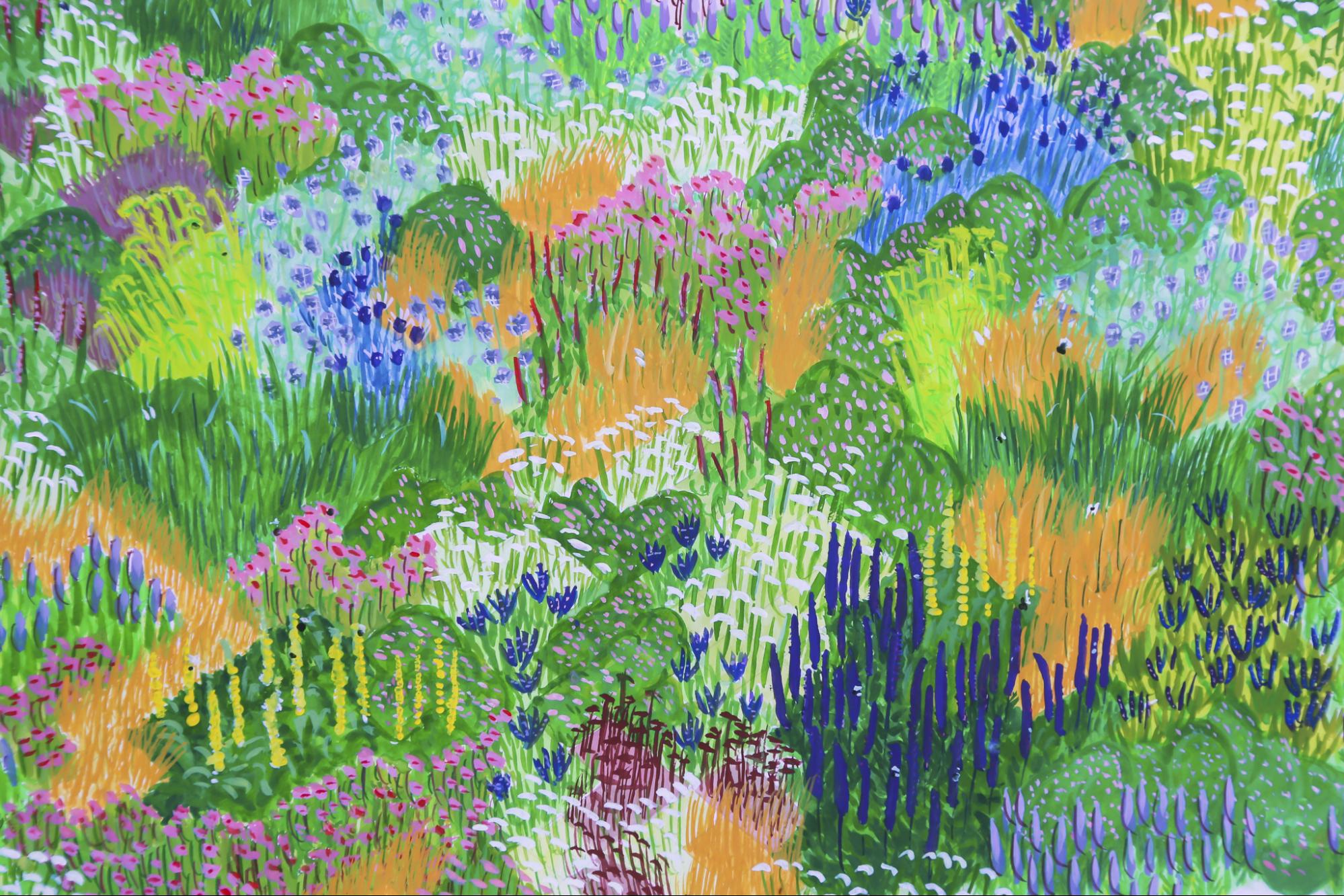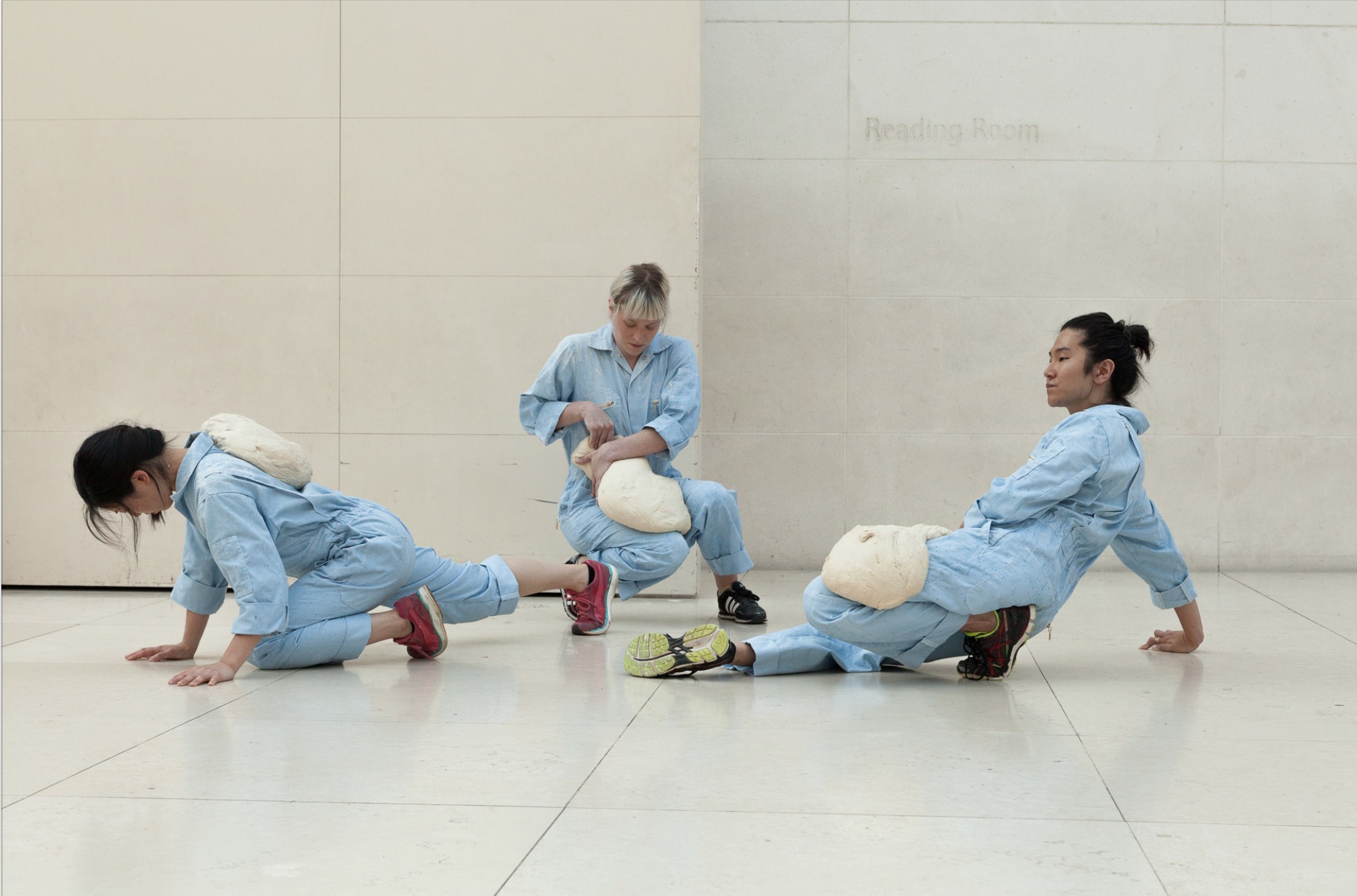What would your pantry look like if kitchen staples like chickpeas, honey and avocado were eliminated overnight? The Madrid-based design studio, Sharp & Sour, asks these questions and more in their newest project, Museum of Endangered Food. Through this project, the designers hope to highlight the precarity that popular foods face in the advent of the climate crisis.
“[One of the most] underestimated consequences of climate crisis is the extinction of foods,” the studio says of the project, “When the word ‘endangered’ crosses our minds, we exclusively think about animals: pandas, rhinos, whales… but other life forms such as plants, and also specifically domesticated and edible plants that we consider foods, are also on the verge of extinction.”
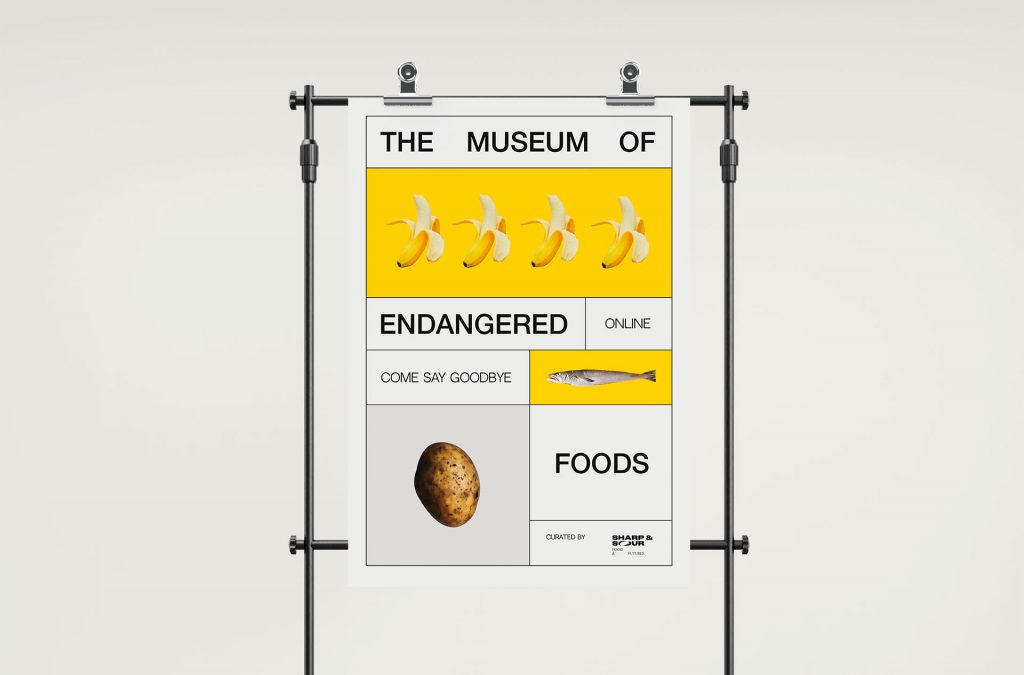
The conceptual museum invites visitors to consider how our diets and foodways are threatened by ecological changes such as rising temperatures, fresh-water scarcity and irregular weather patterns. By scanning a QR code associated with foods like bananas, coffee, fish, and soy, the museum visitor can learn about the specific ecological vulnerabilities each dietary staple faces along with the predicted date of extinction.

For the project, the studio has curated a selection of endangered foods that run the gamut from more “exclusive” foods such as seafood, wine or chocolate to basic dietary foundations like legumes or potatoes, telling MOLD, “We wanted to make people realize that they could lose not only some treats or ‘fancy foods’ but also daily life, basic ingredients.”
The onus for creating this speculative exhibit was rooted in the desire to facilitate conversations surrounding the imminence of climate change and to build collective awareness of how it would affect our day-to-day patterns of consumption, “It is extremely worrying and dangerous that nobody’s talking about these issues, and that the only ‘solution’ for most of these problems consists on genetically modifying the crops so they can become drought or fungi resistant,” says the studio “Instead, and because these problems are not isolated but complex, entangled realities, our approach at solving them has to be different and comprehensive.”
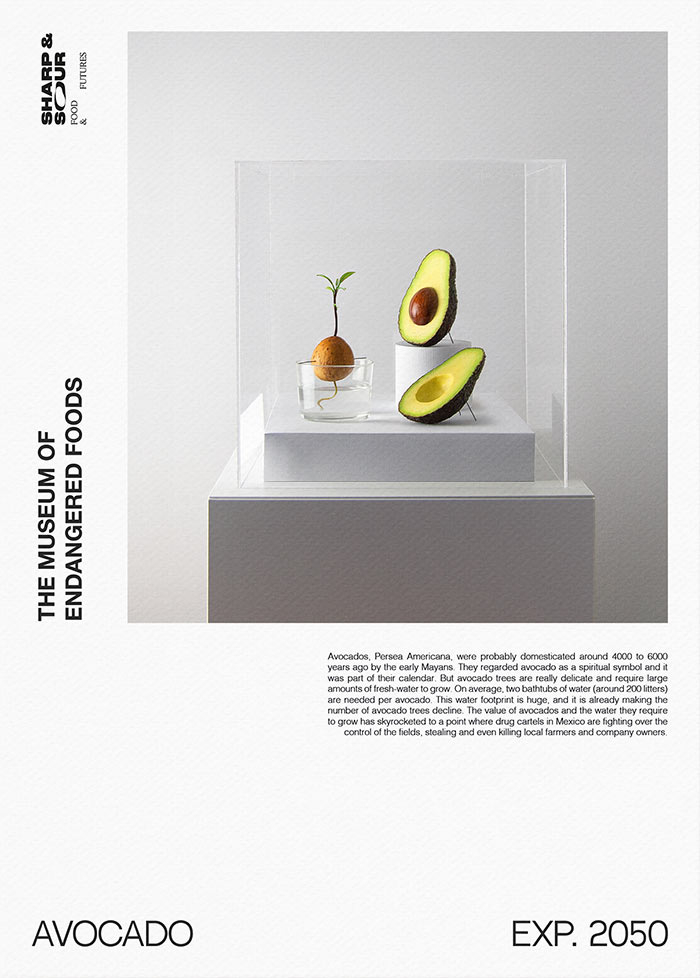
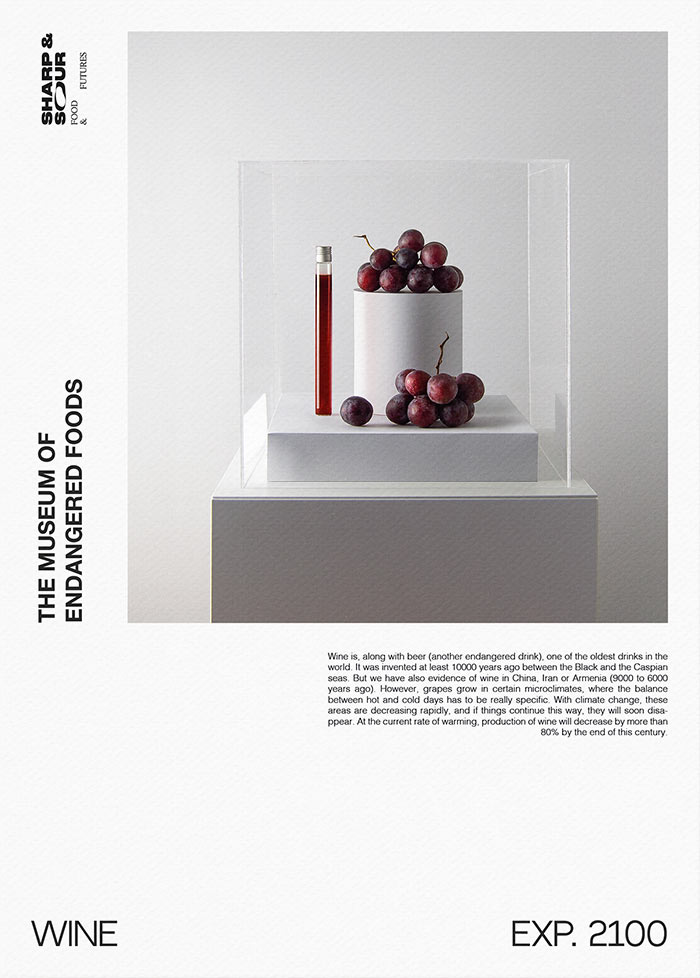
The museum is at once a living memorial to the quotidian and a stark call to action. It presents potential visitors with a dilemma of sacrifice—what changes must be made now in order to prevent the loss of the future as we know it?
Currently, the studio is in search of a space to exhibit the Museum of Endangered Foods. If you have a space or would like to collaborate with them please contact them at hola@sharpandsour.com.
